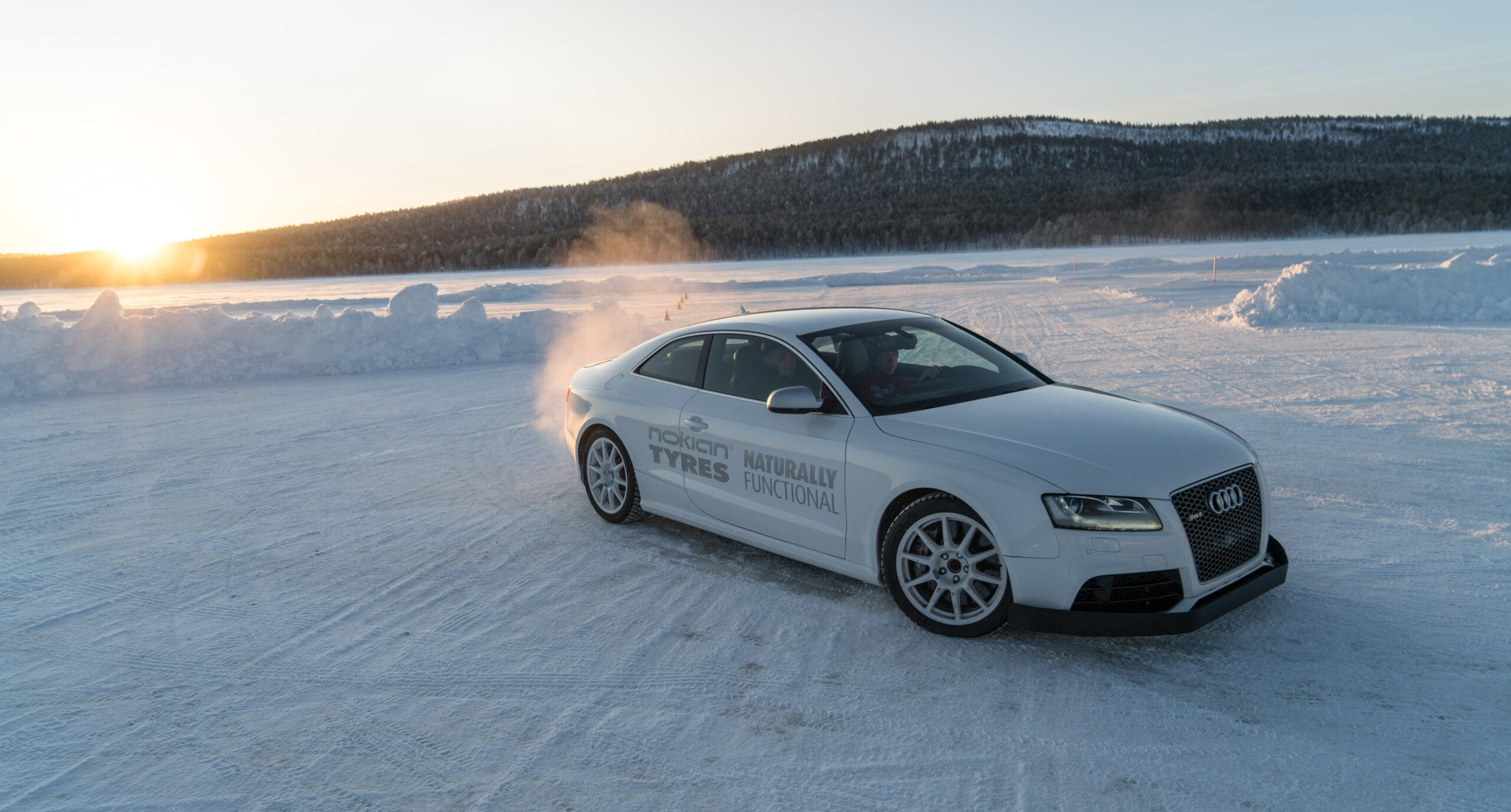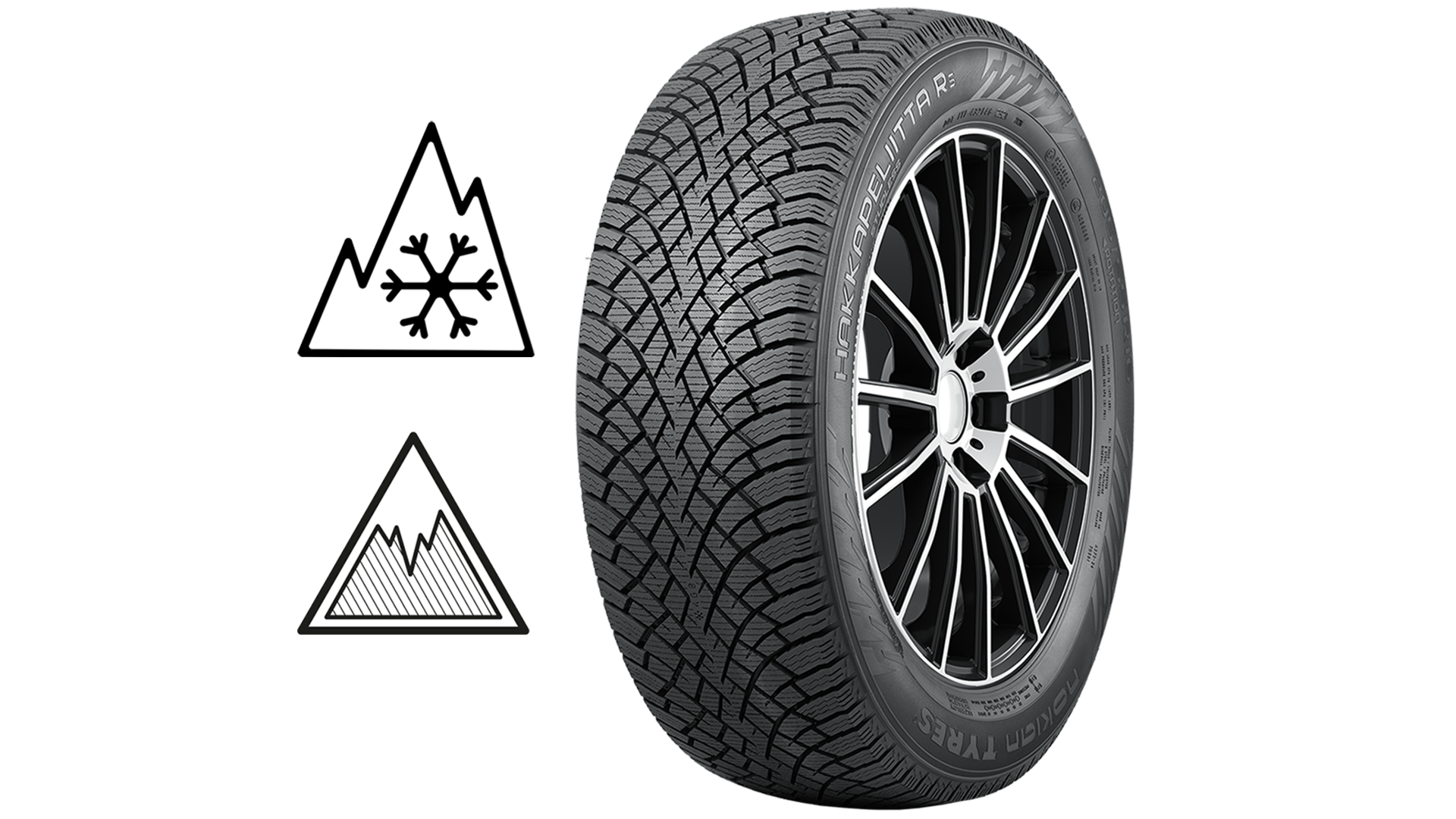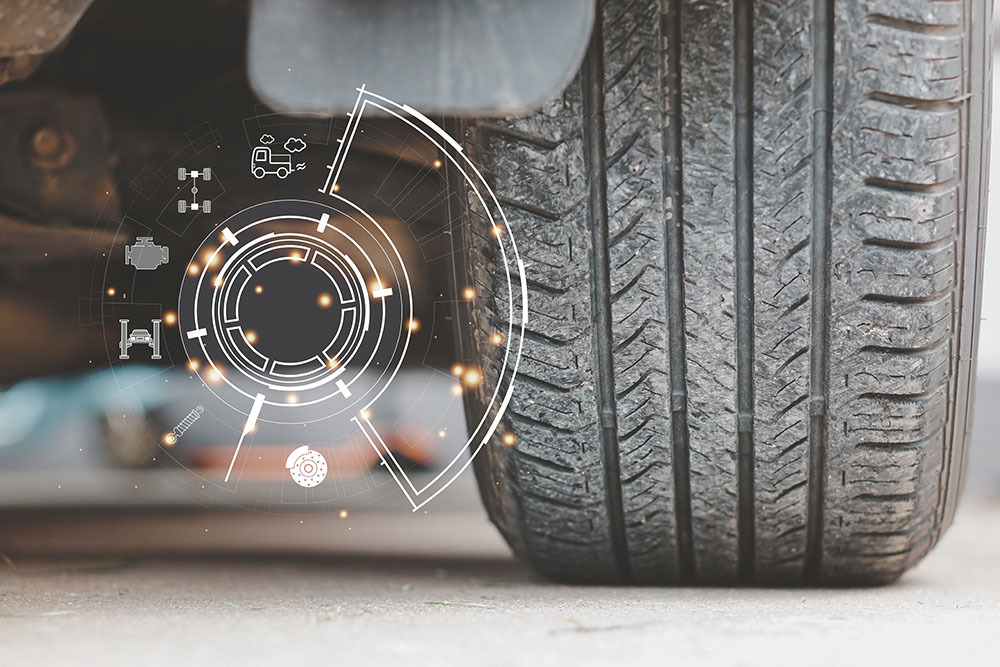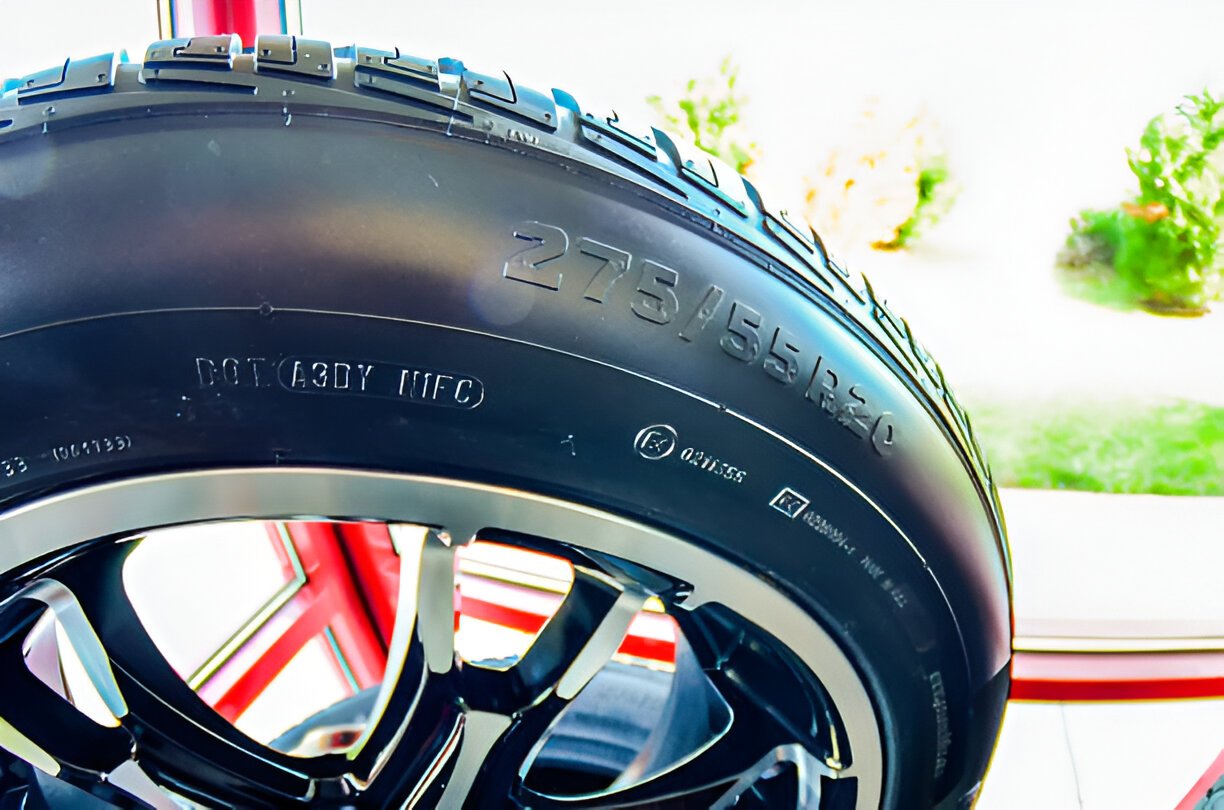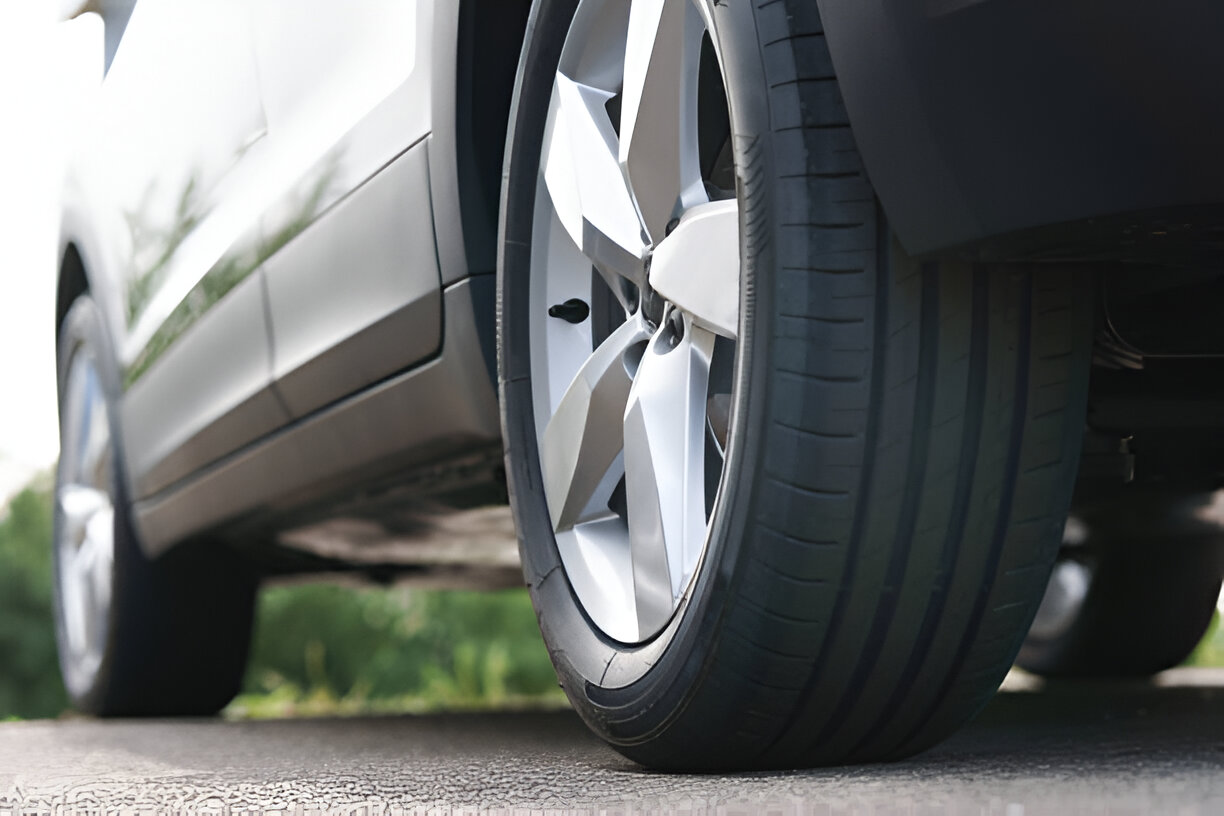Last Updated on October 31, 2024
Why Choose Nokian Tires?
Tires may look the same to the untrained eye, but their construction, performance, and features vary greatly. Independent reviews and testing are among the best ways to determine which tires perform as they should and which don’t. Nokian Tires consistently ranks among the top of every test. How has it stayed competitive in most automotive tire segments while leading the winter tire market? The answer lies in a relentless pursuit of perfection, innovative technology, and a bit of luck.
History: A Legacy of Excellence
The first automotive products in Finland were produced in 1932, but Nokian Tyre was established as a brand in 1988. From its inception, Nokian focused on automotive, heavy machinery, and bicycle tires. Over the past 36 years, the company has seen steady global growth, including a state-of-the-art facility in Tennessee with an annual capacity of 4 million tires. Today, Nokian is amongst the most profitable tire manufacturers in the world, with a growing fan base and stellar reviews, especially in the winter tire category.
Born in the North: Geographical Advantage
One of the often-overlooked aspects of Nokian’s success is its geographic location. This brand was founded in Finland, a Northern European country with harsh winters and sub-Artic conditions. Winter tires are necessary year-round in Finland’s northern regions, inspiring Nokian engineers with a real-world testing environment few competitors can match. Nokian is the only company in the world with a permanent winter tire testing facility that constantly upgrades its products. This commitment to on-the-groud testing and innovation is where you realize that “Born For Winter” is more than a Nokian marketing slogan.
All Nokian winter tire models are thoroughly tested in real-life conditions that far exceed the average user’s experience in their region. With significant dedication, advanced technology, and a relentless quest for grip even in the most slippery conditions, Nokian tires are designed for customers who need the best and most dependable winter tires. But Nokian doesn’t stop at winter tires—its summer tires are tested in a separate facility in Spain, where climate conditions are polar opposite, ensuring year-round excellence.
Nokian Technology And Features: The Core of Nokian Tires
However, plenty of snow and geographical advantage would mean nothing without the hard work of Nokian’s engineers, who developed cutting-edge technologies, advanced rubber compounds, and modern construction.
Here’s what sets Nokian apart.
1) Aramid Sidewall Technology
Nokian integrates aramid fibers—the same material used in bulletproof vests—into the sidewalls of many of its tire models. Aramid fibers are known for their exceptional strength and resistance to tearing. This technology offers superior protection against cuts, punctures, and other external impacts, particularly for tires frequently used in off-road and rugged conditions.
This feature enhances Nokian tires’ durability and lifespan, especially for SUVs and off-road models. The reduced chances of blowouts when encountering sharp rocks, potholes, or other road hazards make Nokian tires exceptionally reliable.
2) Cryo Crystal 3 Technology
Nokian’s patented Cryo Crystal 3 technology embeds microscopic, diamond-hard particles into the tire compound, acting like built-in studs, enhancing grip on icy surfaces. Cryo Crystal 3 technology maintains traction throughout the tire’s life, offering a safer, studless alternative for winter driving in regions where studded tires are prohibited.
3) Dual Zone Safety
Nokian’s Dual Zone Safety technology splits the tire tread into two specialized zones: the inner zone of the tread is designed to maximize traction in wet conditions, preventing hydroplaning. This means that even in rainy weather, Nokian tires provide reliable grip and safety. Meanwhile, the outer zone provides precise handling on dry roads, ensuring stability during cornering. This division into zones ensures that Nokian tires adapt well to wet and dry environments allowing drivers to maintain stability without compromising performance.
4) Functional Stud Design
For areas that demand studded winter tires, Nokian’s advanced design optimizes stud placement to improve grip on ice while minimizing road wear and noise. Additionally, the studs are shaped to provide multi-directional traction, ensuring better control during braking, accelerating, or cornering.
The functional stud design provides unparalleled grip in icy conditions, making it ideal for regions with extreme winter weather. The ability to grip ice effectively in all directions enhances safety and control, reducing the risk of accidents during the coldest months.
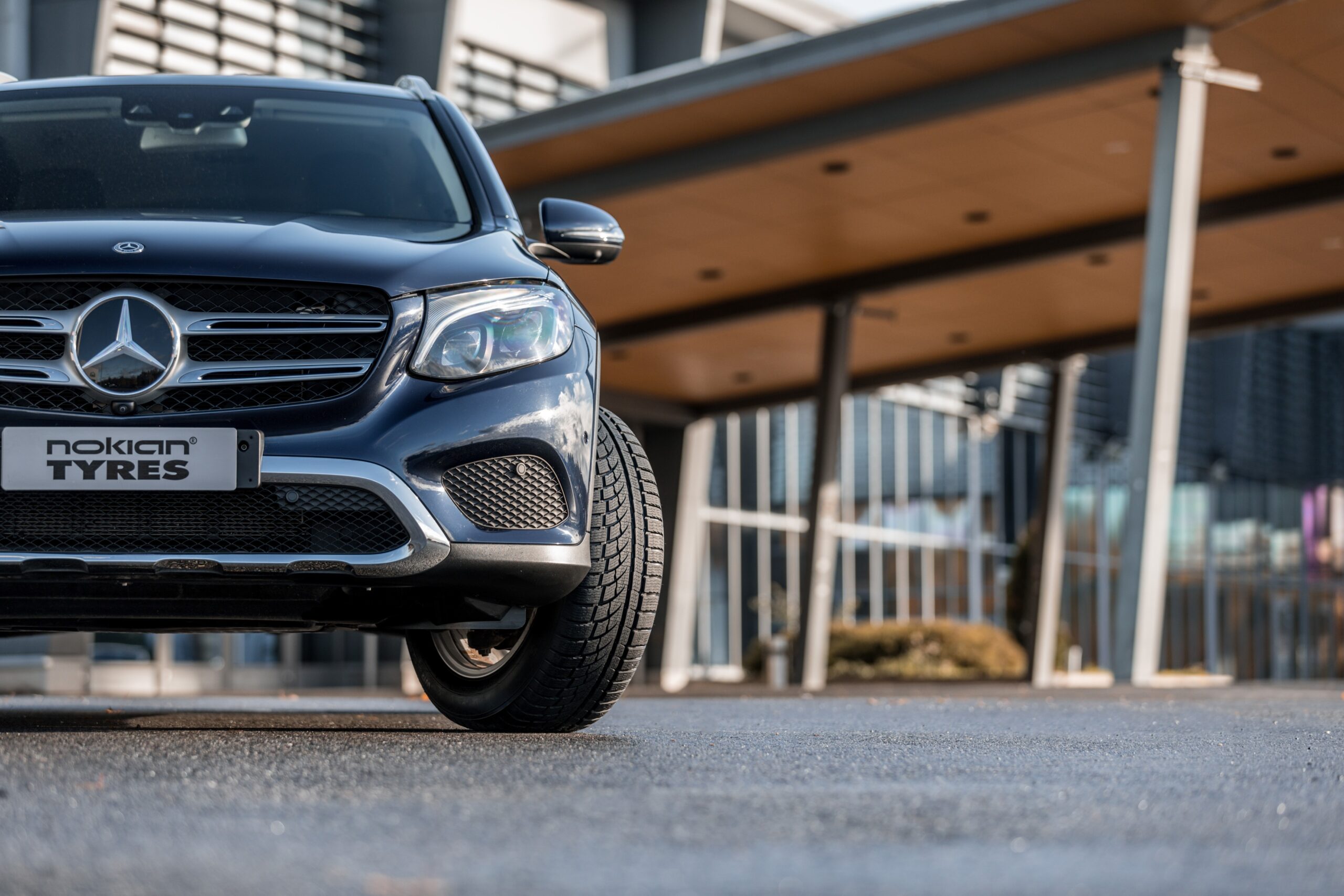
5) Clinch Rubber Compound
Nokian employs a Clinch Rubber Compound, a specialized rubber compound, in the tire’s bead area. This compound reduces vibration by creating a cushioned interface between the tire and the wheel rim. This feature also prevents dirt and moisture from penetrating the tire rim, reducing the chance of corrosion.
The Clinch Rubber Compound increases comfort by reducing noise and vibration inside the vehicle, providing a smoother ride even on rough surfaces.
6) Driving Safety Indicator (DSI)
The Driving Safety Indicator (DSI) is an innovative feature on Nokian tires’ treads. The DSI provides drivers a clear visual cue for monitoring their tire wear, with numbers embedded in the tread that wear away over time. The user-friendly feature consists of a series of numbers (like 8, 6, 4, 2) that wear away as the tread depth decreases. When the number “4” disappears, the tire has reached the minimum safe tread depth for wet conditions, while “2” signals it’s time for a replacement.
By encouraging timely tire replacement, DSI also enhances safety in adverse conditions. The DSI is a practical and intuitive feature that helps drivers maintain their tires in optimal condition, ensuring safety and performance on the road.
7) Silent Sidewall Technology
By incorporating a special rubber compound on the tire’s sidewall, Nokian’s Silent Sidewall Technology dampens vibrations and absorbs road noise. This feature reduces cabin noise, making for a quieter and more comfortable driving experience, especially on long journeys.
Silent sidewall technology is particularly beneficial for electric vehicles, where tire noise is more noticeable due to the absence of engine noise.
8) Snow Claws
Many Nokian tires, particularly winter models, are equipped with Snow claws between the tread blocks. By biting into the surface, these claws improve grip on deep snow, soft snow, and slush. This technology improves control during braking and acceleration, confident handling, and reduced chances of getting stuck or losing control in severe weather.
Nokian Tires
9) Block-Optimized Siping
Nokian uses block-optimized siping, which refers to the intricate network of sipes (minor grooves) in the tire’s tread blocks. These sipes are designed to open and close as the tire rolls, creating additional biting edges for better traction on ice and snow.
Block-optimized siping significantly improves traction on slippery surfaces, allows for better braking in snow and ice, and ensures uniform tread wear, extending the tire’s life.
10) Eco Stud System
Nokian’s Eco Stud System minimizes the environmental impact of studded tires by using softer stud cushions and optimizing stud placement. This reduces road wear and noise, offering an eco-friendly solution for icy conditions without sacrificing safety.
Conclusion
It is no coincidence that Nokian is among the top tire companies in the world. Their dedication to engineering excellence, rigorous real-life testing, and innovative technology have positioned the company as a leader in the global tire industry. Their commitment to performance results in products that customers can rely on, even in the most challenging conditions. Whether navigating icy roads or cruising the streets in summer, Nokian’s relentless pursuit of perfection continues to set it apart.
-
Automotive Specialist




